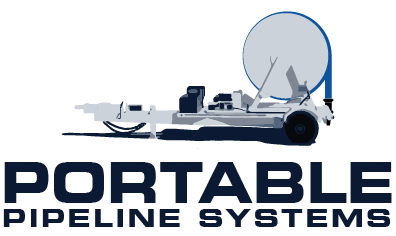Wildfire Response Plans: What You Need To Know

Wildfires are a serious risk to communities all over the United States. In the last ten years, there have been 38,733 wildfires in the United States which have destroyed a combined 4,740,930 acres.
Whether you’re a government official or an emergency response team member, you must keep up with current wildfire response plans so you can better prepare your community for future disasters.
This blog post will cover what you need to know about wildfire response plans and how they work. It will also share some tips on how to make your plan for when disaster strikes!
What Causes Wildfires?
Every year wildfires wreak havoc across the globe, destroying houses and the natural habitats of wild animals. While some grow so out of control that even responses can only prevent further damage, some can reign in with the right tactics.
You have probably seen the impacts of a wildfire on your social media feed, like the skies over California last September.
Most people don’t know that humans cause about 54% of wildfires, and lightning causes the rest. According to the USDA, on average, “An average of about 7,500 wildfires destroys 1.5 million acres of national forests and grasslands” per year.
Beyond that, experts don’t always know what exactly causes the wildfire. Dry conditions and high air temperatures certainly contribute to the problem. But who could guess a gender reveal party could have sparked a wildfire without significant evidence?
Whatever the cause, wildfires are becoming a rampant issue as global temperatures rise, and nobody expects them to disappear. Instead, it will be up to evolving prevention measures to keep a handle on the problem.
How Much Damage Do Wildfires Cause?
Like any natural disaster, wildfires have wide-lasting implications for the surrounding infrastructure and ecosystem. They are, of course, a massive danger to the lives of people and animals nearby, but only those affected genuinely understand the full extent of damage they can cause.
According to The World Health Organization, here’s a list of the factors in danger of destruction or disruption by wildfires.
- Transportation
- Communications
- Power
- Gas Services
- Water Supply
- Property
- Crops
- Air quality
- Animals
- People
On top of this, each wildfire releases a tremendous amount of carbon dioxide, carbon monoxide, and delicate particle matter into the atmosphere. These elements can cause a variety of health problems among individuals, such as cardiovascular and respiratory complications.
But above all is the inherent danger to human lives and the overall death toll that rises each year from wildfires. Without the right response plans, there’s no telling how much damage a wildfire can cause unchecked.
What Is A Wildfire Response Plan?
A wildfire response plan is any system set in place to respond to and control a wildfire. In most cases, it will be impossible to extinguish a wildfire fully.
So it will be the focus of emergency response crews to prevent the fire from spreading and consuming an even larger area. The number 1 priority, of course, is the safety of firefighters and all people in the area.
Additionally, there will be people to evacuate, hazardous material spills to clean, and utilities to restore. All of which will be the responsibility of trained responders. There is a significant risk to one’s safety in these response measures, and only highly prepared experts should participate.
It’s important to remember that a wildfire is more dynamic and unpredictable than a smaller one and covers an area like a dome instead of a chessboard. Because of this problem, most wildfires cannot be tackled head-on and are instead fought indirectly.
Water Transportation Systems Used For Wildfire Response
Because of the unpredictability of a wildfire, first responders need highly flexible water transportation systems.
So standard solutions include above groundwater transportation systems and helicopter or air tankers. These are great options for a direct attack on the forest fire, which can launch in what is considered a “safe zone.” This is an area where the fire has already burned out and is safe for firefighters to work without serious risk of injury.
There is no telling where or when firefighters will be sent to an area, so they must access and utilize any nearby water main. Water and fire suppressants are also used to primarily wet unburned fuels and prevent any further spreading.
And even after all this, the danger of a wildfire does not end once it dies down. The surrounding area still has to be extinguished, and firefighters will ensure no remaining material could be re-ignited.
If your area is looking into above-ground water transportation systems, you can check out our selection of hoses and pipe fittings here. Or, if you are looking for a more permanent solution, then set up a call. Our experts are ready to walk you through everything.



 Sales Office Location
Sales Office Location
 sales@portablepipelinesystem.com
sales@portablepipelinesystem.com